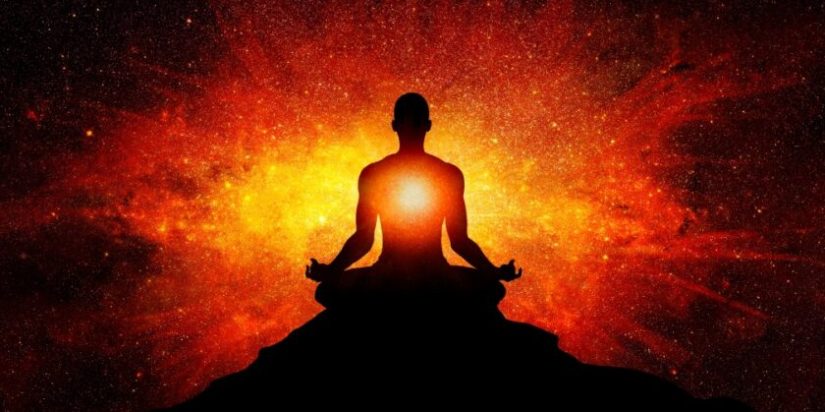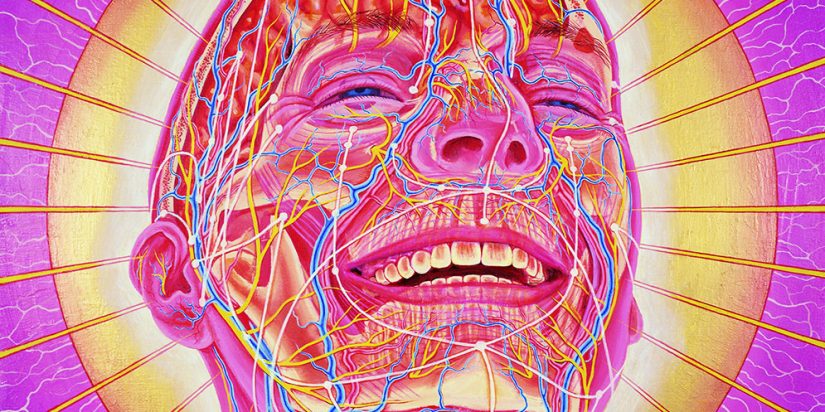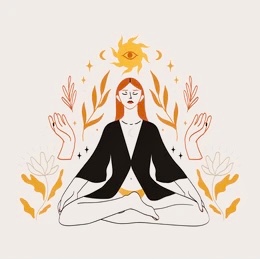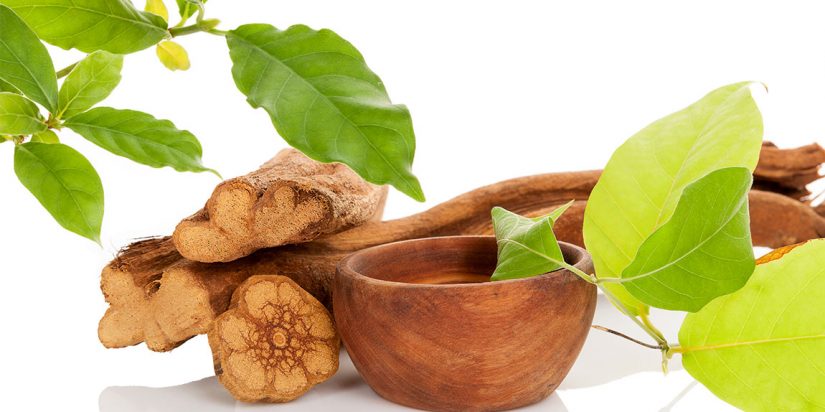Both the yogic mind and the truly scientific mind must be a living mind, learning, never ending. Gently holding onto observed truths and patterns, but willingly letting them go if proven to be false. In this way, the flow of knowledge is constant and is never dead or stagnant. It is this curiosity that sheds
Leer más...Category: neuroscience

The Mystery of Light & Atma – Yoga & Physics in Conversation
So I have a neighbor who lives downstairs from me. He is a physicist. And Sunday afternoon as we sat enjoying enchiladas potosinas and guacamole, he began to explain to me the concept and problem with the speed of light. Here it is summarized below. Imagine you see a train traveling at 50km per hour.
Leer más...
Psychedelics, Yoga and the Shamanic Journey Part IV: Integration
Integration with Yoga Therapy & Fasting Psychedelics, Yoga Therapy & Trauma – Integration of the Shamanic Journey: After the trauma of loss I had been through when leaving Spain, as I described in part III of this blog, and the resulting deep subconscious work that I had done in the Yucatán with psychedelics, I could tell that
Leer más...
Psychedelics, Yoga and the Shamanic Journey Part III : Mexico
An exploration into the Columbian and Peruvian Ayuahuasca Traditions and an unexpected meeting with the ‘The Toad’ (Bufo Alvarius). Psychedelics and Yoga. Healing Trauma in Mexico. According to research by led by Dr. Peter Levine and Dr. Van der Kolk, trauma is experienced when we feel that our capacity to respond is taken away from us. This is
Leer más...
Psychedelics, Yoga and the Shamanic Journey Part II – Ayahuasca
Unlike the previous blogpost, the following account is written more like a Ayahuasca case study – with the subject being me. As I had discussed in Part I, about two years ago I had reached a point in my life where I was feeling quite stuck and apathetic towards life. This worried me greatly as twice before
Leer más...